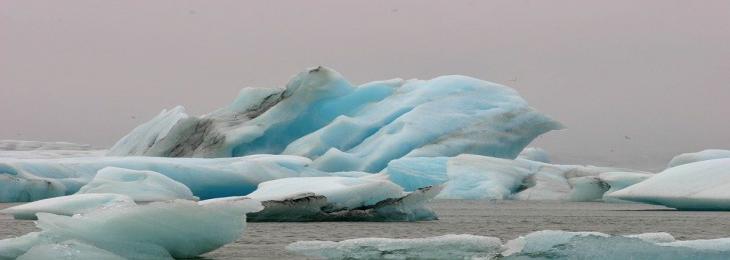
In an ancient glacial ice, 33 different types of viruses have been discovered, out of which 28 of these viruses are completely new to science.
Researchers have retrieved the frozen samples of some viruses from the glacial ice of the Tibetan mountain range that is about 15,000 years old. Several of species have been identified by science as unacceptable, which could offer a fascinating view of the history of the viral development. Glaciers are excellent in conserving a profound history by trapping gas, dust, microbes and grains from various different timeframes. As the layers are building up in time, researchers can dig and analyze ice cores to understand about prehistoric environmental conditions, what the environment was and what kind of life in different places of history emerged.
The recent research guided by the Ohio State University scientists carried out ice cores in Guliya Ice cap that had been dated to about 14,400 years old, on the Tibetan mountain range. The core components were then analyzed for the types of viruses the encompassed and genetic codes were recognized for 33 viruses. Four of these were identified as belonging to the documented bacterial species, which are the target to bacteria and 28 of which did not coincide with any known species. The group argues that the viruses apparently came from soil and plant species but that the cold did not actually prevent them and, in reality, about half of them appeared well-fitting for the icy lifestyle.
Modern microbial toxicity is a severe problem for this line of analysis. Therefore, scientists have introduced a new technique for sterilizing the ice cores. They deleted the outer layers of half a centimeter with different techniques, first scraped the band, then washed with ethanol and finally a sterilized wash was done. Only then the contaminated internal section of the core could be inspected. The sterilization process was tested by the group of scientists on their very own artificial ice cores covered in DNA, viruses and bacteria. No remnants of these demo impurities were identified in the internal ice cores after this three-step process.






